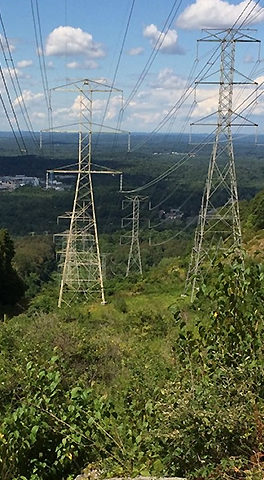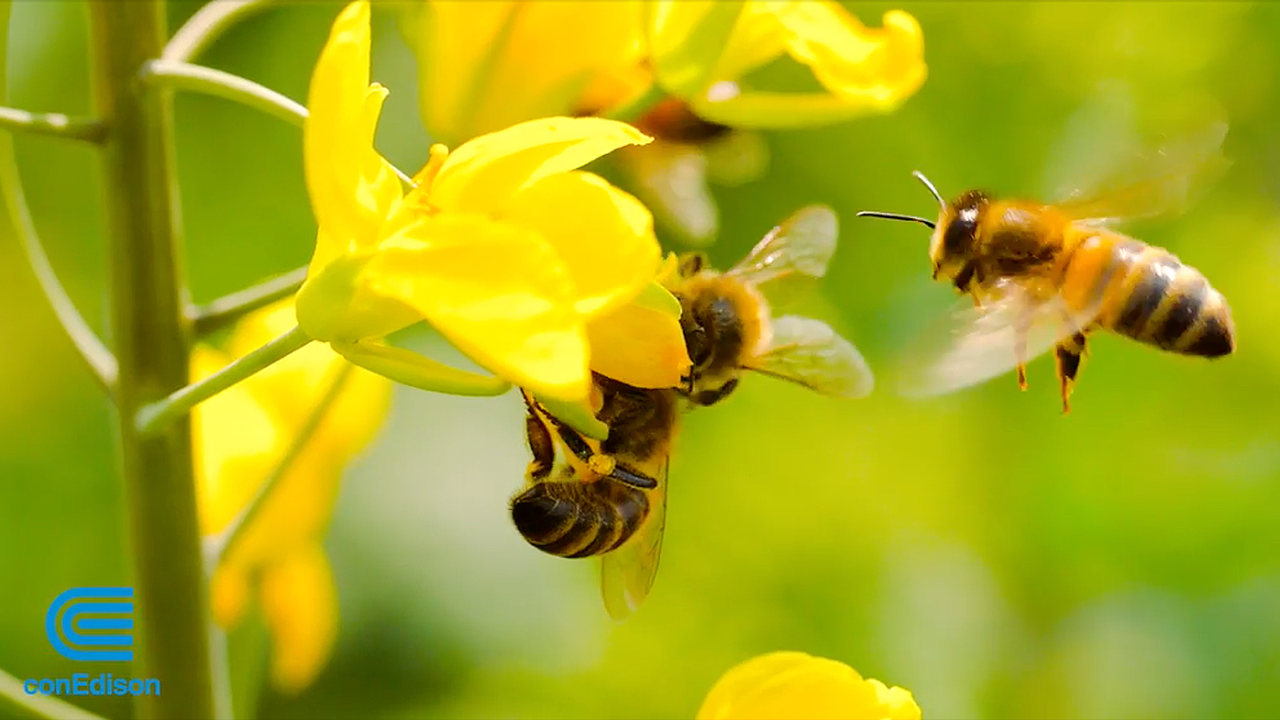
Safety & Environment
Habitat & Biodiversity

We continue to work closely with our stakeholders to promote biodiversity, protect environmentally sensitive areas, and to comply with local, state, and federal environmental regulations.
To identify and mitigate environmental impacts, Con Edison’s Environment, Health, & Safety department collaborates across our engineering and planning groups to conduct a comprehensive environmental review for projects. Whether it is a large-scale construction project or a small-scale service installation, environmental impacts are reviewed during project planning so that proper controls are incorporated into the project design. We continue to solicit input from the impacted community and government stakeholders early in the design process to further mitigate any concerns.
Our main goal is to minimize our work footprint and restore any disturbed areas to preconstruction conditions, regardless of project size. Each year, we build upon our collaborative and communicative efforts with the New York City Department of Parks and Recreation, and we continue to refine our practices for work in and around city- owned trees and public parks. We understand how vital these resources are to the health and well-being of all New Yorkers and the important role they play in contributing to clean air and water, reductions in energy costs, increases in property values, and beautification of four streets and parks.
Con Edison has continued to build upon our relationship with the New York City Landmarks Preservation Commission by codifying best management practices and permitting guidelines for projects within designated historic districts and individual landmarks, in addition to archaeologically significant locations. We added a construction guidance document to protect NYC Department of Environmental Protection’s newly installed “green infrastructure assets,” such as bioswales, rain gardens, and porous pavement that are being constructed along the Department of Transportation rights-of-way in the outer boroughs.
Outside of New York City, Con Edison continues to maintain compliance with our New York State Public Service Commission- approved Overhead Transmission Vegetation Management Program, which encompasses more than 2,000 acres. Our cumulative efforts have encouraged biological diversity by protecting native plants, selectively pruning or cutting undesirable species, and increasing public awareness for threatened and endangered species through community partnerships. As a founding member of Electric Power Research Institute’s Power-in-Pollinator Initiative, our vegetation management program currently supports the protection of the monarch butterfly, which are at risk of becoming listed as threatened under the Endangered Species Act.
Additionally, our Clean Energy Businesses collaborate with our stakeholders to incorporate responsible environmental stewardship that promotes biodiversity, protects environmentally sensitive areas, and compliance with local, state, and federal environmental regulations.
In the solar sector we have multiple projects, such as Panoche Valley Solar, Wistaria, Lost Hills, and Copper Mountain, where we are monitoring listed and protected species and have implemented extensive mitigation and conservation measures for the various species and habitats. We also support third-party research on and around sites in order to better understand habitat behaviors.
In the wind sector, we have teamed up with regional wind energy producers and the American Wind Energy Association to mitigate potential impacts to the California condor by supporting extensive species recovery efforts with the U.S. Fish and Wildlife Service and third-party organizations such as the San Diego Zoo and Peregrine Foundation. Additionally, we monitor whooping crane migration zones and seasonal flights that allow our operations to adjust turbines as needed to prevent mortalities.
Ongoing operations and maintenance procedures utilize best land management practices to monitor and repair potential areas of storm-related erosion into nearby waterways.

